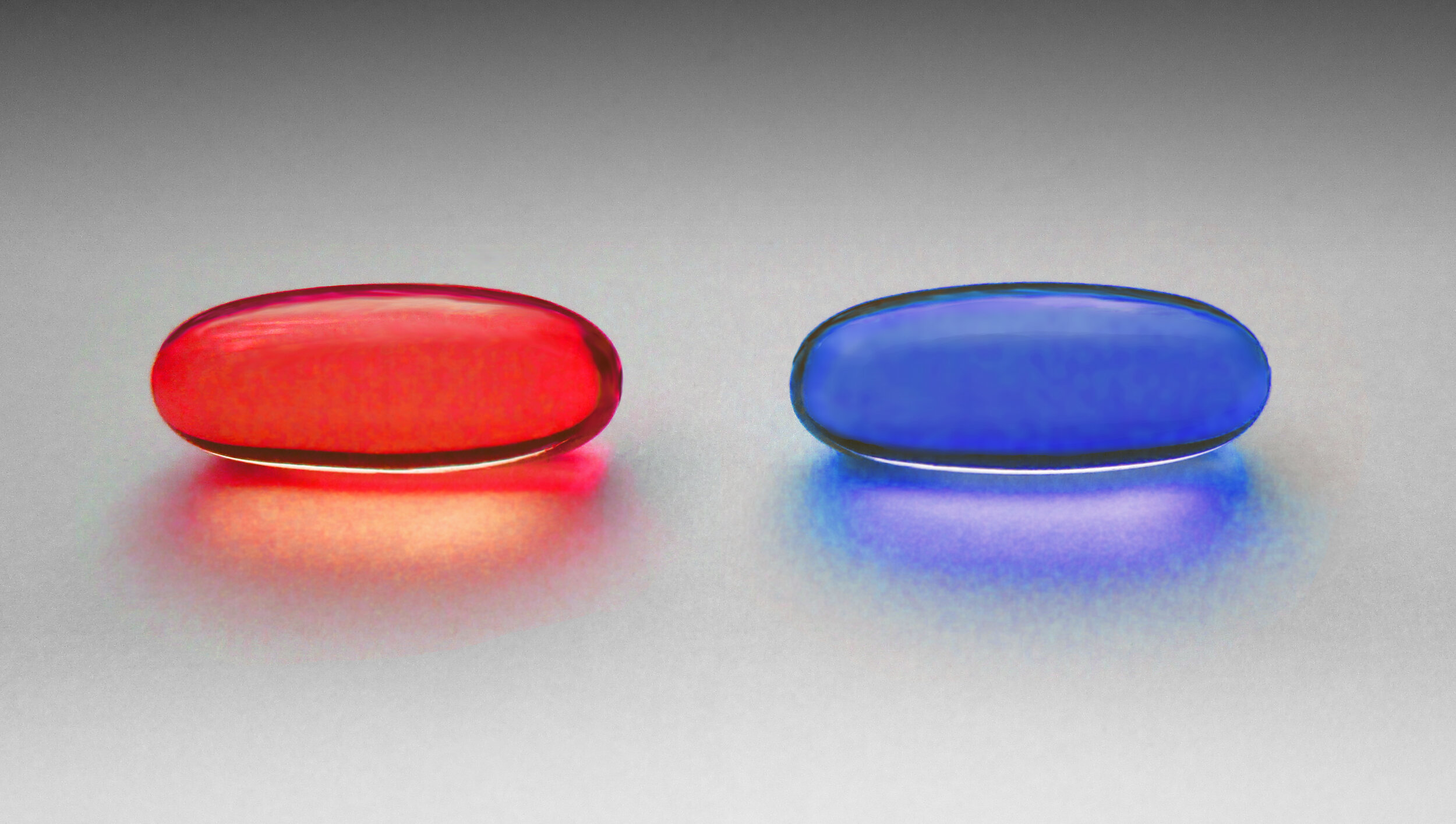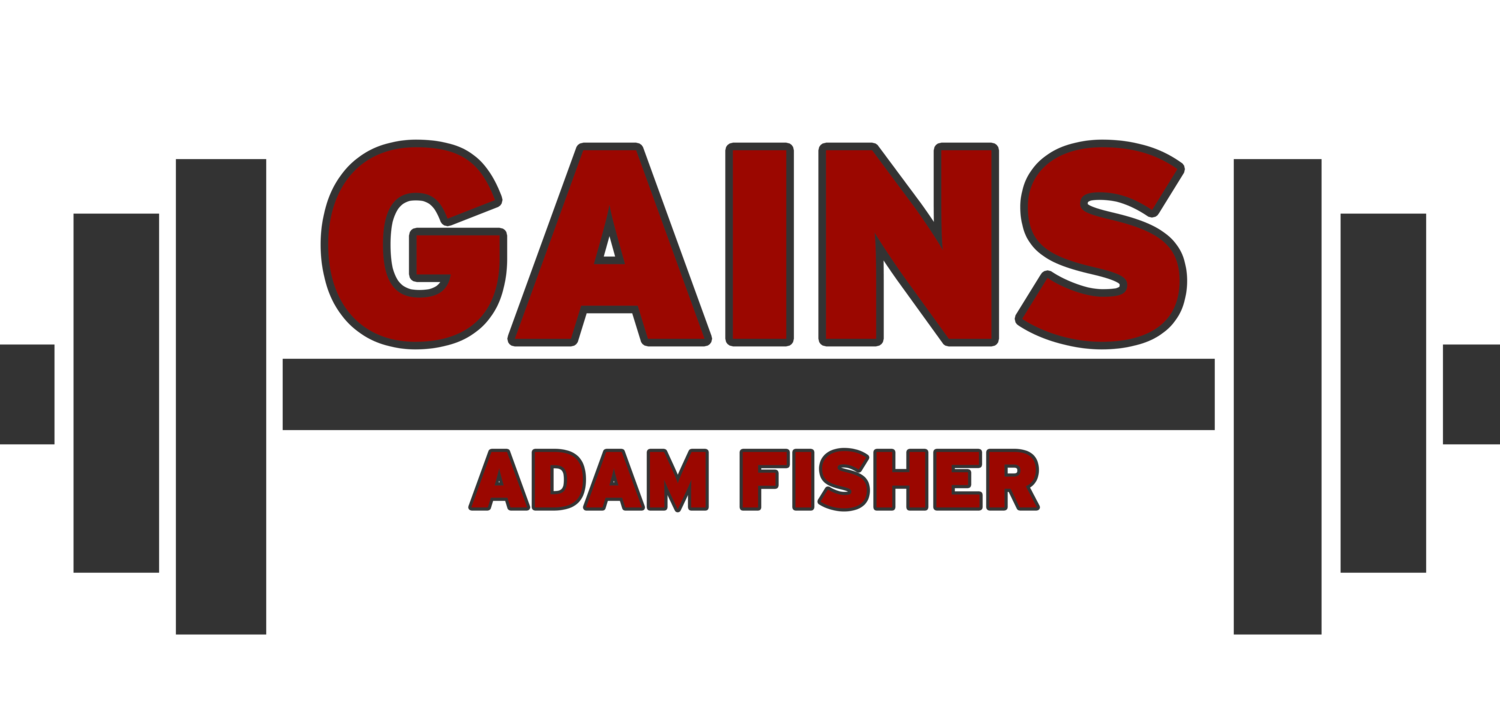

Great Expectations Part 2 - The Power of Belief, FMS, and the Fitness Industry
In last week’s post, I covered the way that expectancy effects work, and how powerful they can be. Manipulating expectations can be a powerful way to impact the results of any intervention. In this post I analyze the ways in which these effects can impact our diet and exercise results, and why the fitness industry often intentionally manipulates these effects to its own benefit.

Great Expectations Part 1 - Placebo, Nocebo, and Expectancy Effects
Expectancy effects are positive or negative physiological effects which occur as a result of the expectations that we’ve established for a particular course of action, training routine, method of treatment, pill, etc. Placebo (positive) and nocebo (negative) effects are well documented, and vary in strength according to how strongly we believe a positive or negative effect will occur.
